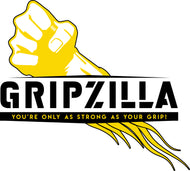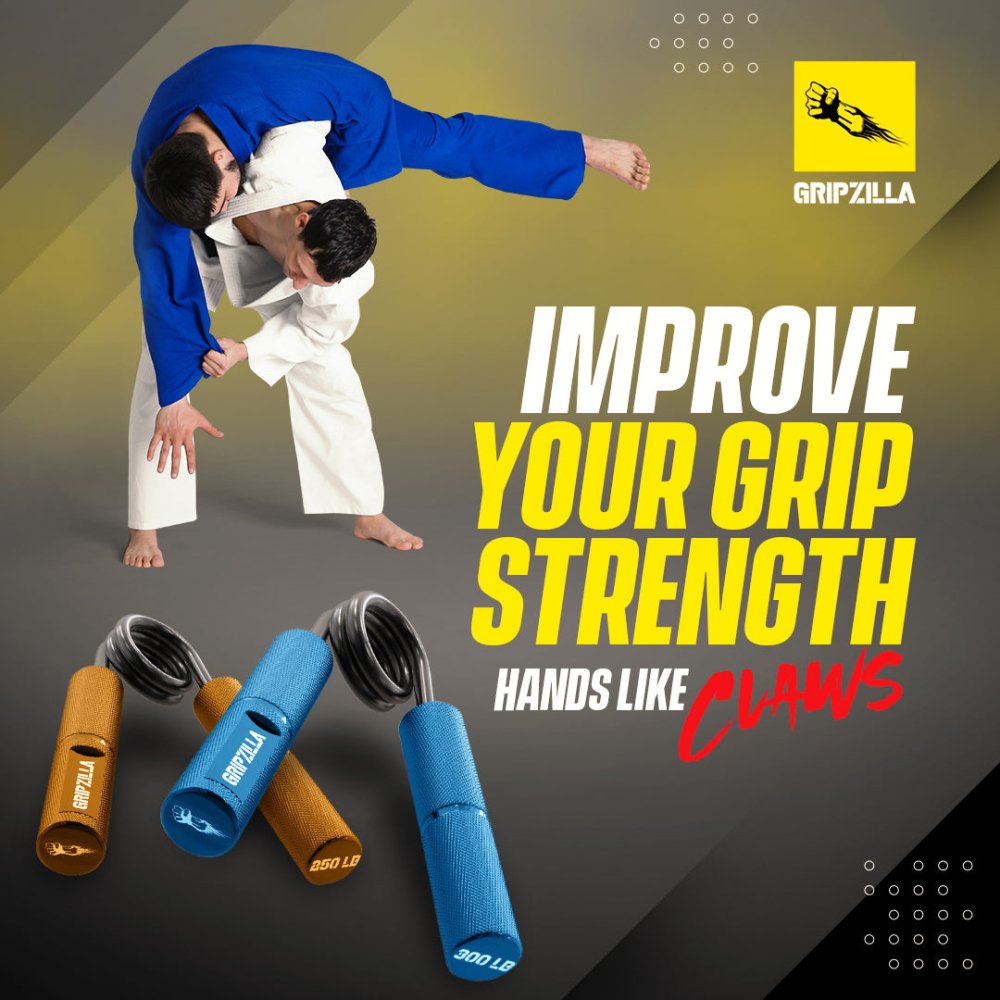How to Increase Your Hand Strength and Wrist Mobility: The 6 Most Effective Exercises
Do you consider your grip to be a limitation in the training (I can see you doing chin-ups or deadlifts)?
In everyday routine (looking at your pickingle Jars)?
If so, don't worry! We've got you covered on this (pun is intended).
It goes without saying that hands and forearms are atomically complex areas.
I'm also not your mother or doctor. If anything from the following article causes pain or does not ease with these exercises, then call professionals!
Consult the physical therapist or sports massage therapist.
Why Grip Strength and Mobility of the Wrist Are Important: The fundamental holds.

Hands are the most powerful tool we have to do everything.
It could be everyday chores like taking groceries to the store, opening jars, moving suitcases around, or even gym-related tasks such as the chin-ups, rows or deadlifts.
Naturally, you have to type on the computer all day which can cause aches and pains towards the end of the day.
What's that?
The hands are stretched out and gaining a firm grip can aid in all those areas.
A good grip has been associated with lower mortal rates and you can think of the benefits of a more secure grip on older individuals should they slip.
The point we want to make is it's best to be more secure!
Where do I start?
The hands are complicated and learning them can be just as complex.
We'll simplify things by allowing you to classify the grip exercises into the following types of general categories:
#1) CRUSH

This is what you probably think of when you think of a “strong grip”. This is the whole hand closing in around something. A strong handshake. None of that dead-fish handshake stuff!
# 2) PINCH

Imagine creating an alligator's mouth with your hands and chewing on. With this grip it is likely to cause much more stress or work placed to the thumb. This is crucial to be able to work on, since the thumb is a crucial component of a solid grip!
3) Support

It is similar to crushing however, instead of the capability to shut, this kind of grip tests your ability to hold.
#4) EXTENSION

Every action has an opposing reaction, don't you think? This form of grip training is about strengthening opposing muscles. Our bodies were designed to grasp and hold onto things, therefore the muscles we use to grip aren't as strong.
#5) WRIST WORK

Hand movement and wrist stability are the main focus. To be capable of transferring energy from the body into fingers (for opening the pickle jars) it is essential to ensure that each link in the chain is sturdy.
Putting it all together
If you're putting together an exercise routine to grip on one of your own, you'll want to make it a great idea to go through the various kinds of grips throughout the time of the week so that you can work different muscles and angles.
If you're forced to choose one or two I'd bet on stretches and crushing and extensions to keep your hands in shape and well-maintained!



